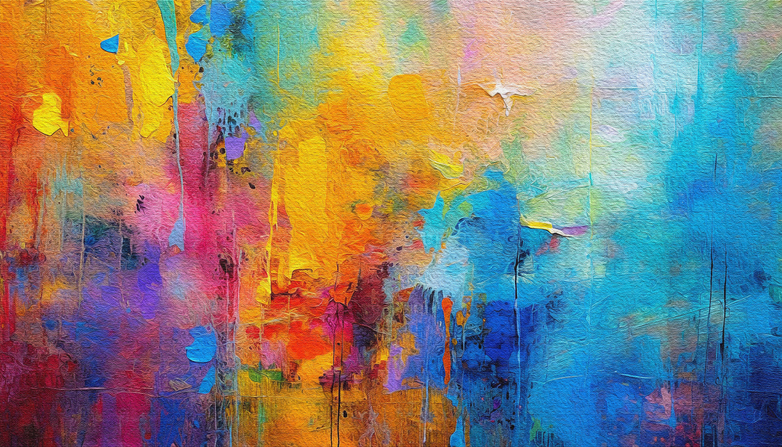When we think of ways to boost our health, most of us don’t think of picking up a colouring book or reading poetry. Yet, research shows that engaging with art, whether as a creator or an observer, can profoundly impact our physical and mental well-being. It’s time to rethink how we perceive the arts in our daily lives.
The Power of Art in Health
Engaging with art has been shown to rewire our brains and trigger the release of neurochemicals, hormones, and endorphins, improving our overall health. More healthcare practitioners are prescribing arts engagement as part of treatment plans for conditions like obesity, heart disease, chronic pain, dementia, Parkinson’s disease, loneliness, and depression. According to Susan Magsamen, co-author of “Your Brain on Art,” the arts rank alongside exercise, nutrition, and sleep in promoting health and longevity.
Art: A Fundamental Human Need
Historically, art has always been central to human experience. As Bianca Bosker notes in her book “Get the Picture,” art predates many other human innovations and has been a primary means of communication and expression for millennia. Consider cave drawings that communicated information about geography, food sources and dangers in the area. Ancient frescos depicted life in all forms. Art was used to tell stories. Despite modern misconceptions that view art as a luxury, many scientists now consider it a basic human need.
Art’s Profound Impact
Why is art so impactful? According to Magsamen, engaging with art activates multiple neurological and physiological systems, affecting our entire brain, body, and spirit. Whether you’re moved by your favorite song or mesmerized by a painting, these artistic experiences can change you on a cellular level.
Experts like Bosker argue that art is an innate human impulse and a biological predisposition that has helped our species survive. This view challenges the notion that art is merely an intellectual pursuit, highlighting its physical and emotional dimensions.
The Importance of Engaging with Art
Engaging with art in person can significantly enhance its impact. Factors like the size of an artwork and our physical movement around it can change our perception and emotional response. This is why seeing a piece of art in a museum can feel vastly different from viewing it on a screen. This author is particularly fond of street art which many great cities use as part of their tourism program. Think of The Little Mermaid in Denmark or Cloud Gate, more commonly known as The Bean, in Chicago.
Art also has the power to elicit strong physical reactions, a phenomenon known as Stendhal syndrome, where people experience dizziness, nausea, or even fainting in the presence of powerful artworks. This underscores the profound connection between art and our physical state.
Navigating Uncomfortable Art
Not all art is meant to be pleasant, and that’s part of its power. Art that confuses or discomforts us can stimulate our brains by introducing prediction errors or surprises, which can be mentally stimulating and enriching. This helps us break free from our brain’s tendency to oversimplify the world, allowing us to experience more nuance and beauty or perhaps see challenges in a different light. Beginning as a graffitti artist who chose topics that often made viewers uncomfortable, Banksy’s art has grown into a popular phenomenon and is currently touring the world.
Physiological Benefits of Art
Engaging with art has measurable physiological benefits. It can lower stress hormones, improve executive function, enhance cognitive skills, and even extend life expectancy. Physicians are increasingly collaborating with patients to personalize artistic endeavors as part of their treatment plans, recognizing that art, like exercise and nutrition, supports overall health.
Making Art a Daily Practice
Incorporating art into your daily routine doesn’t require any special skills or training. The key is attention and curiosity. Spend time observing art, notice the details, and reflect on how it makes you feel. Slow down and truly engage with each piece, rather than rushing through.
Creating art is equally valuable. You don’t need to be “good” at art to reap its benefits. Studies show that even short periods of art-making can significantly reduce stress and build important cognitive and emotional skills. Many of us carry a camera with us wherever we go in our smartphones. This can be a tool that can be used to explore creative energy while out on a walk or engaging in daily activities.
Art is not just a luxury; it’s a powerful tool for enhancing health and well-being. By making art a part of your daily life, you can improve your mental and physical health, find joy and meaning, and enrich your overall life experience. Embrace the arts, whether by creating or simply appreciating, and discover the profound benefits they can bring to your life.






Add Your Voice
0 Comments
Join the Discussion